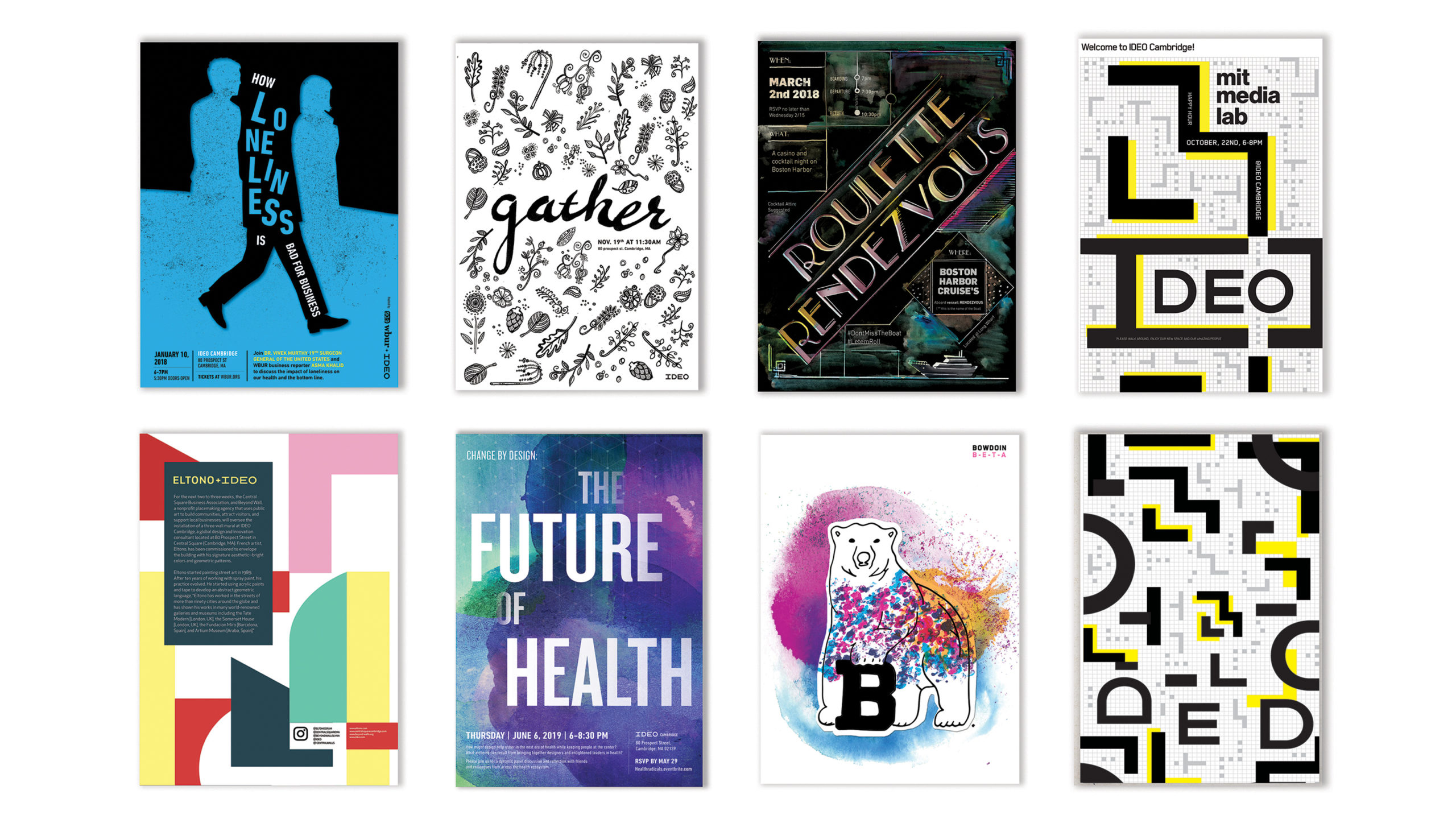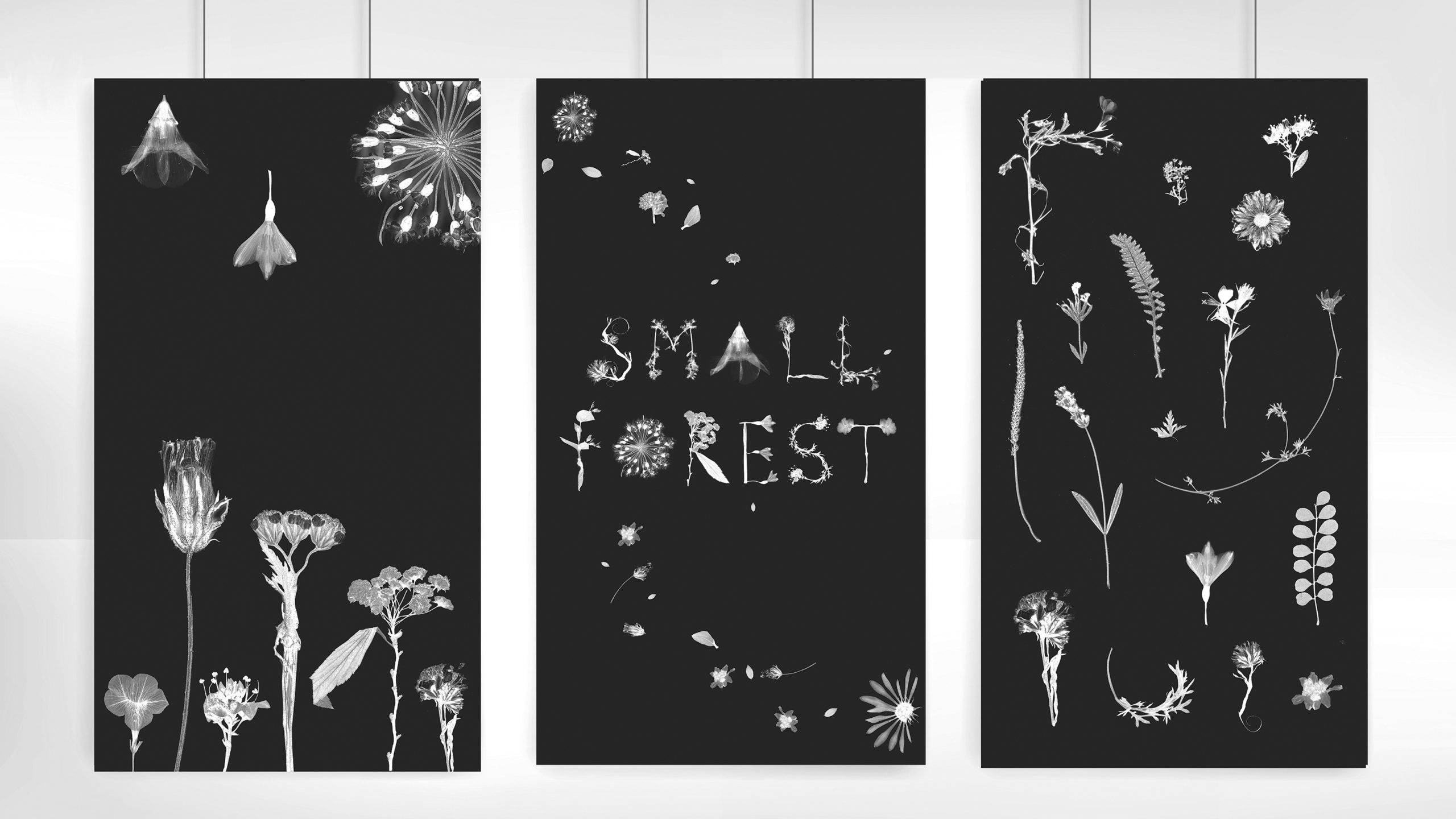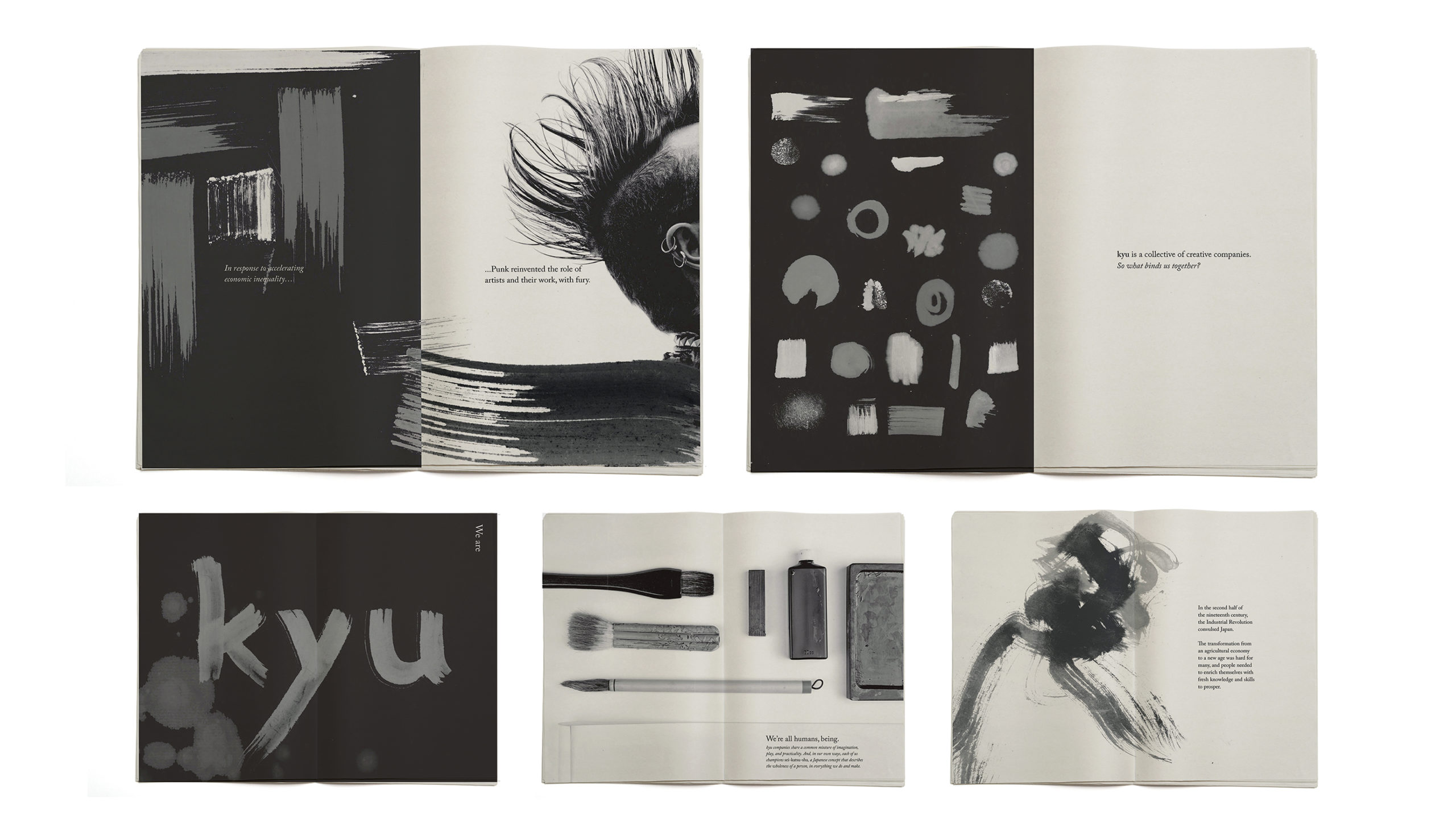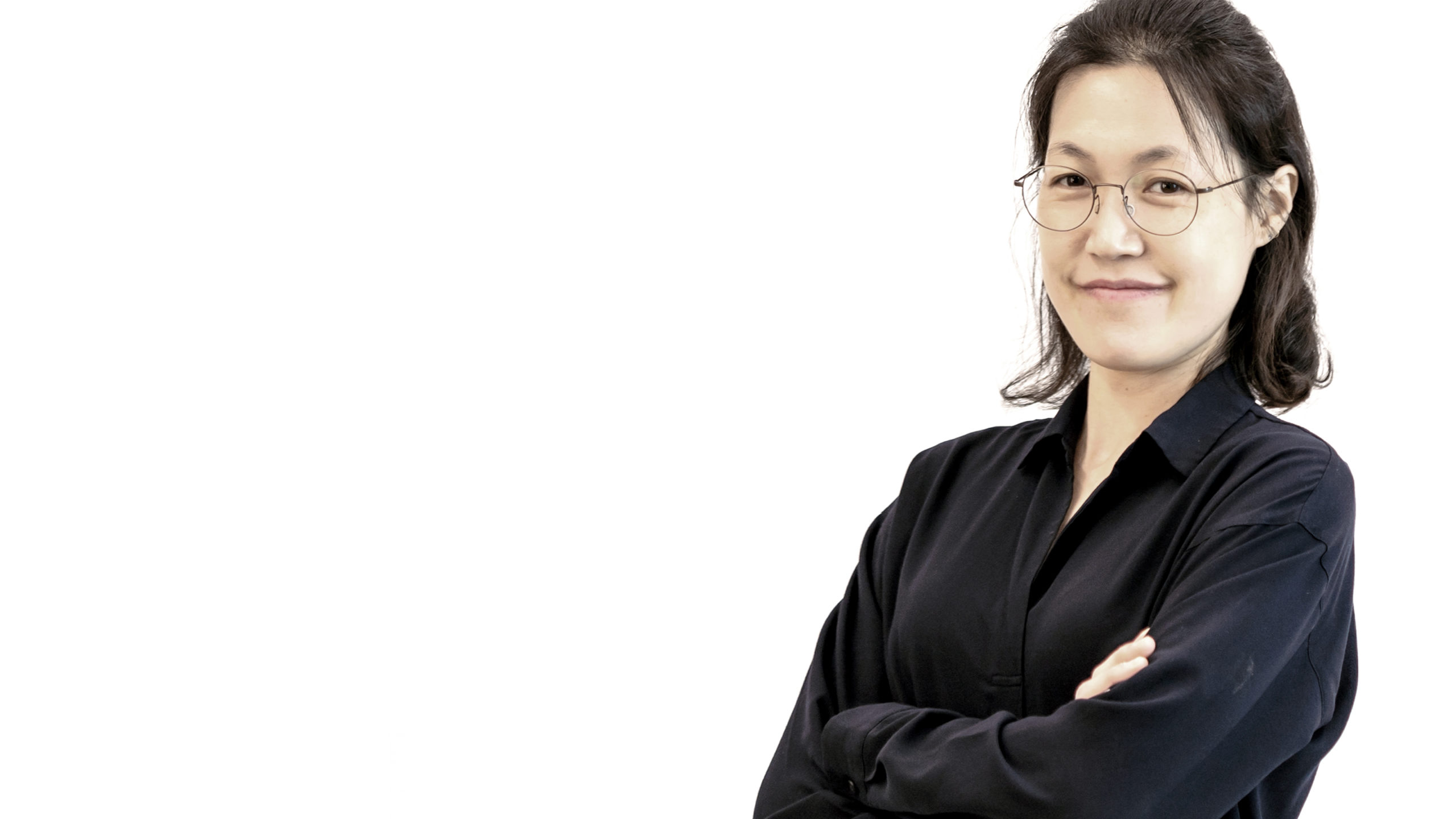Alumni Spotlight: Sophy Lee
Ron Callahan
Sophy Lee (MFAD ’08) is a designer at IDEO Cambridge, a global firm specializing in human center design, where she brings together her skills in graphic design, art direction, conceptual emotional thinking, and craft.
What’s it like at IDEO
As a designer, I bring together skills in graphic design, art direction, conceptual thinking, and craft. My notebooks are full of tangible, personal exploration—pen-and-ink illustration, watercolors, and photography. Ultimately, her poetic investigations find their way into refined typography and visual communications of all kinds.
What are some of your favorite recent projects?
I have a few blog posts that I’ve recently I worked on. I’d like to share my story from IDEO about designing a custom font inspired by the real flowers from my childhood. Collaborating with a creative developer at IDEO, I created a custom font and an interactive experience that explores the interplay of art, technology, and nature. I hope you enjoy it. https://www.ideo.com/blog/designing-a-custom-font-from-real-flowers
Another project I enjoyed is kyu newspaper. IDEO has joined the kyu collective, a group of diverse creative companies committed to addressing the most significant challenges facing business and society. The companies that make up kyu share a belief that creative collaboration will yield new solutions. To visualize the collective, I drew the first dot directly with the brush and then started to draw circles. Dots and lines, the basis of musical notation, helped me orchestrate the story visually. Rough strokes conveyed
Here’s the link of the blog posting at IDEO Octopus.
https://www.ideo.com/blog/design-like-you-can-hear-the-page
What was your journey like after graduation?
I graduated in 2008 and worked at ESPN the Magazine first few years and the ad agency Wieden + Kennedy NY before I join IDEO Cambridge. My professional life was very fast-paced. Working for the bi-weekly magazine was not easy since we had a tight deadline. ESPN Magazine has the playful layouts and typographic experiments of the former, and the big, bold art of the latter. I learned not only design, but, also how to collaborate and be friends with editors, photographers, and researchers. I had an opportunity to move on to Wieden + Kennedy.
How has your thesis progressed?
My thesis project “FLOA” was a tribute to flowers and my father (FLOA = flower + appa—“dad” in Korean.) It was a small flower garden with different sizes of flower pots filled with lilies, dandelions, and roses. Working on the project created a special moment for me and my dad. Not only product, the process has been important to me to use my design skills to recognize how much my father and my time in nature helped shape who I am
That was the first time I created something to honor the impact my father and our time in nature had on me.
I did not have a chance to develop the product my thesis product “FLOA” (the system flower pot) turns out to have been a similar process that I have worked on at IDEO. Everything starts with telling a story and interviewing all different users. am listening to somebody else’s. I created and infused it with my personal story, but other people were involved in bringing it into production. I haven’t had time to work on it recently, but I’ve done some project related to flower IDEO. I collaborated with project designers at IDEO to add the visual information and packaging about flower ecology for customers of an agribusiness company. Also, I’ve created the flower font “Small Forest” that I was inspired by my thesis and the inspirations from the project. I collaborated with Software designer and have been creating this interactive program with the idea.
What impact has SVA MFA DESIGN had on your career?
SVA MFA Design has like a seedling. The program guides me who I was and what I love. As I am trying and learning from different teachers and lectures developing out of a plant embryo from a seed.
It has appeared, like a fairy godmother, at the biggest junctures of my career to guide me where I want to go. When I first realized I did not want to become a doctor, it was one of Steve Heller’s books that revealed to me that graphic design was the long-lost love of my life. Stefan Sagmeister helped me choose a graduate program with a single, killer filter—what do the students make for their thesis? And when traditional graphic design felt no longer satisfying, Lita pulled me into a guest lecture by Sam Potts. It opened my eyes to the work of IDEO, which attempts to reconcile the execution of design with a process upstream that is grounded in the needs and wants of users. So instead of starting on a brief such as, design us a website, I could ask what challenge the client is facing and whether a website actually solves this challenge—in fact, that’s what I did one time, reshape a digital project after field research showed that social workers working with low-income Americans were not likely to take advantage of a government agency’s financial tools online. I want to make things that will actually help people!
Stephen Heller’s book about Paul Rand, which I encountered early on during my MFA, was a major influence on my belief that although the technology moves thoughts about design-forward understanding the individual client’s story is crucial to understanding how to visualize what is wanted. The essence of good design, in my opinion, lies in aesthetics and mastery of the
What is your favorite part of the MFA Design program?
As a student of the MFA Design program, I learned not only design skills but also how to transform my inner thoughts and spirits out to the world. I think about Stefan Sagmeister’s class every single day.
Any advice for incoming students?
Follow your heart. It doesn’t have to be something that everyone else is doing. If you love what you are doing, people and their projects will respond.
You can follow Sophy on instagram @sophyleedesign.





